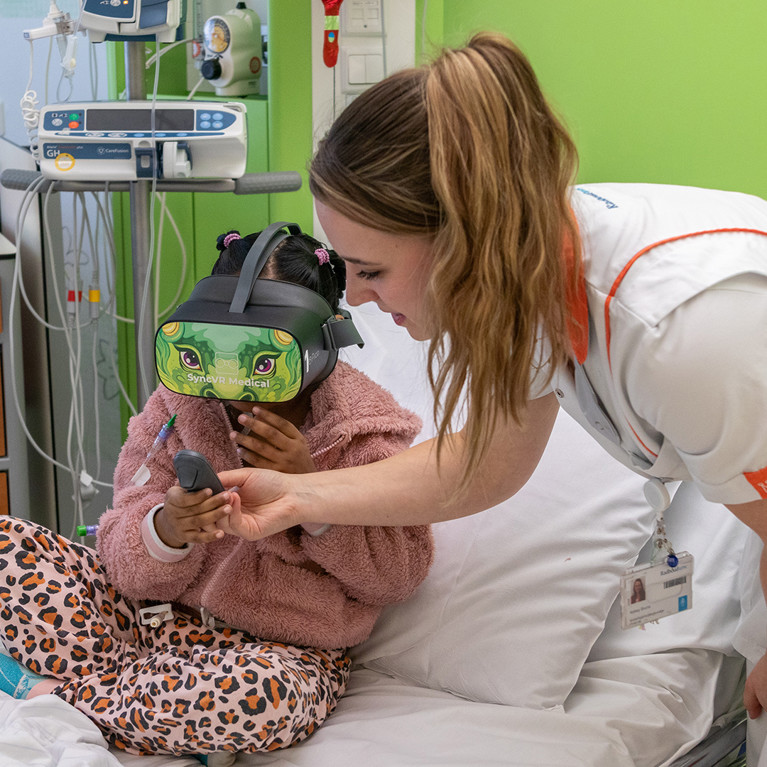- Posted on 3 May 2025
- 4-minute read
WHO CCNM UTS, as Secretariat of the Global Network of WHO Collaborating Centres for Nursing and Midwifery, is proud to present Volume 19 of LINKS Magazine.
Our biannual publication is dedicated to strengthening global collaboration in nursing and midwifery. LINKS Magazine serves as a platform to spotlight the innovation, dedication, and tireless efforts of nurses and midwives around the world. As part of the Global Network’s commitment to WHO Member States, Collaborating Centres, NGOs, and other stakeholders, the magazine reflects our ongoing alignment with the WHO Strategic Directions for Nursing and Midwifery (2021–2025) Policy Priorities: Leadership, Education, Jobs, and Service Delivery.
Read LINKS Magazine issue 19 online.
This edition sheds a special focus on the European region (EURO), highlighting the innovations, advancements, and challenges faced by their nursing and midwifery workforce. We also showcase insightful and inspiring contributions and efforts by our other collaborating centre members and partners that continue to delivery equitable healthcare to vulnerable populations.
Also in this edition is an update on the launch of the much-awaited State of the World’s Nursing (SOWN) report for 2025, the last one being from 2020.

The success of this edition is a direct reflection of the hard work and expertise of our contributors. We are deeply grateful for their dedication to collaboration, evidence-based practice, and knowledge-sharing.
Want more LINKS Magazine? Download our previous volumes now.






